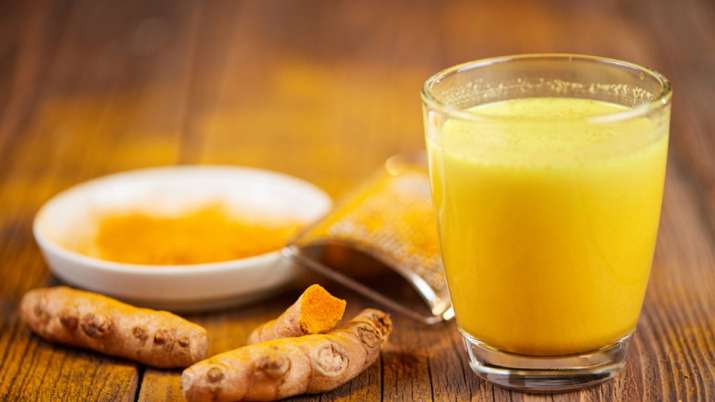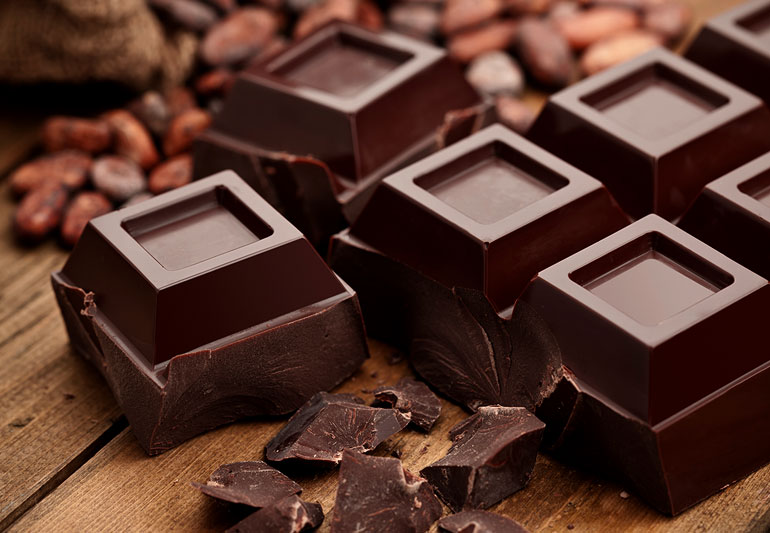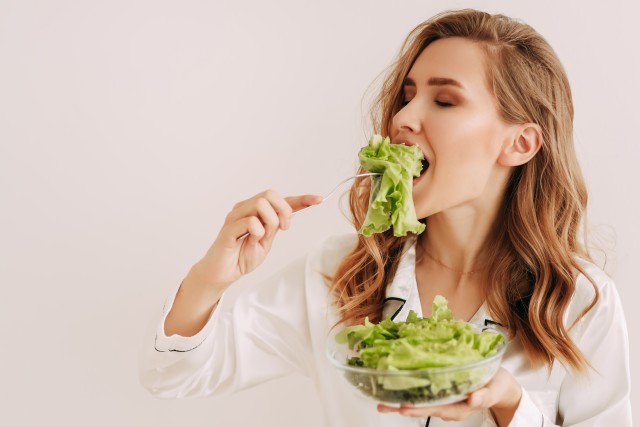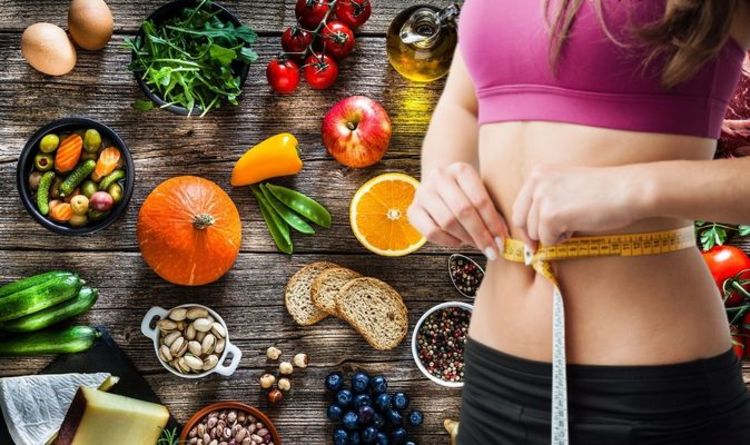In-between-meal hunger is common in growing children.
Many packaged snacks for children, on the other hand, are extremely unhealthy. They frequently contain a lot of refined flour, extra sugar, and artificial ingredients.
Fill your child’s stomach with whole foods that will give them both energy and nutrition rather than highly processed snack foods.
Give your child whole foods that will give him or her both energy and nutrition instead of highly processed snack foods.
Here is a list of delicious and healthy snacks for children.
1. Yoghurt
Yogurt is a great source of calcium and protein, making it a great snack for kids. For children’s growing bones, calcium is especially crucial.
Some yoghurts contain live bacteria that are beneficial to the digestive system.
The majority of yoghurts marketed to children are high in sugar. Instead, go for plain, full-fat yoghurt that you can sweeten with fresh fruit or a drizzle of honey.
However, infants under the age of 12 months should not be given honey because they are at a higher risk of a serious infection known as botulism.
2. Popcorn
Popcorn may be considered a junk food, but it is actually a nutritious whole grain.
Popcorn can be a nutritious treat for kids as long as you don’t cover it in unhealthy toppings. Make your own popcorn, drizzle it with butter, and top it with grated Parmesan cheese.
However, younger children should be given popcorn with caution because it can be a choking hazard.
3. Raisins and peanut butter on celery
A fun way to get your child to eat vegetables is to serve celery with peanut butter and raisins, also known as “ants on a log.”
Slice a stalk of celery into three or four pieces, fill the celery with peanut butter, and top the peanut butter with a few raisins.
These three foods provide a good balance of carbohydrates, protein, and fat.
Just make sure to buy peanut butter that does not contain added sugar or vegetable oils.
4. Nuts
Healthy fats, fiber, and antioxidants can all be found in nuts. The growth of children must be supported by dietary fat.
Doctors used to advise against giving nuts to children because of the risk of an allergic reaction, but new evidence suggests that introducing nuts at a young age reduces this risk.
However, nuts can be a choking risk, so before giving them to your child as a snack, make sure they can handle the texture.
5. Trail mix
Trail mix is a nutritious on-the-go snack for kids as long as they are not allergic to nuts.
The majority of commercial trail mixes contain sugar-heavy chocolate candies, but it’s simple to make your own at home.
Combine whole-grain cereal, nuts, and dried fruit for a healthy choice.
6. Pear slices with ricotta cheese
Pears are a sweet treat that are easy for a child to eat when cut into slices. Pears are high in fibre and plant compounds that are beneficial to the body.
Spread ricotta cheese on each slice to add a tasty source of protein and calcium to your child’s snack.
7.Cottage cheese
Even young children can eat cottage cheese because it is fresh and creamy.
It contains a lot of protein, and it also has selenium, calcium, and vitamin B12. Children’s growth and brain development depend on vitamin B12.
Cottage cheese can be served on its own, topped with fresh or dried fruit, or used as a creamy spread on whole-wheat toast.
8. Oatmeal
Kids can enjoy oatmeal as a healthy breakfast or as a snack.
Along with other health advantages, oats are rich in soluble fibre, which raises the amount of healthy bacteria in the digestive tract.
Oatmeal made with whole, rolled oats is preferable to flavour packets, which are typically high in sugar. Add some diced apples and about 1/8 teaspoon of cinnamon for sweetness.
Making oatmeal with milk rather than water will increase the amount of calcium and protein.
9. A hunk of cheese
Cheese is mostly protein and fat, and it’s high in calcium.
According to research, eating cheese and other dairy products is associated with a higher overall diet quality.
Full-fat dairy foods contribute significantly to a child’s nutritional needs for calcium, magnesium, and vitamins A and D.
Cheese provides high-quality protein to children, which is required for proper growth. Protein will also keep them satisfied in between meals.
Furthermore, some studies show that children who consume cheese are less likely to develop cavities.
10. Pita pocket with vegetables
Some parents believe it is difficult to get their children to eat vegetables. However, if you make it enjoyable for them, they are more likely to try the vegetables.
Spread hummus in a whole-wheat pita pocket and top with raw carrots, cucumbers, lettuce, and bell peppers. Allow your child to choose a few vegetables to fill the pita.
Veggies are high in important vitamins and minerals, but many children do not consume enough of them.
11. Smoothie with fruits
A fruit smoothie is an excellent way to get a lot of nutrients in a small amount of time.
As a result of the fruit’s sweetness, your child might not even be aware that they are inside.
There are numerous combinations you can try.
12. Eggs, hard-boiled
Refrigerate hard-boiled eggs for a quick, high-protein snack.
Eggs are a high-nutritional-value snack for children. They contain high-quality protein as well as vitamins and minerals such as B12, riboflavin, and selenium.
They also have lutein and zeaxanthin, which are carotenoids that are good for your eyes.
They’re also one of the best food sources for choline, a vitamin essential for healthy brain development.
13. Cookies with bananas and oats
Kids can enjoy a healthy snack that tastes like a treat with homemade banana cookies.
Instead of using refined sugar, mashed bananas give these cookies their sweetness.
Refined sugars are linked to a number of health issues in kids, including a higher risk of heart disease, childhood obesity, and type 2 diabetes.
Ingredients for banana oat cookies:
- Mashed 3 ripe bananas
- 1/3 cup coconut oil (80 mL)
- 2 cups rolled oats (160 grammes)
- 1/2 cup mini chocolate chips or dried fruit (80-90 g)
- 1 teaspoon (5 mL) vanilla extract.
Everything should be combined in a bowl. On a cookie sheet that has been greased, drop spoonfuls of the cookie batter, and bake for 15 to 20 minutes at 350°F (175°C).
14. Snack packs with raisins
Raisins are fermented grapes. They contain nearly all of the nutrients found in fresh grapes, but in a more compact form.
Raisins contain a good amount of iron, a nutrient that many children lack and is required to transport oxygen throughout the body.
Additionally, raisins contain plant substances like oleanolic acid that may shield your child’s teeth from cavities by preventing bacterial adherence.
Compared to most convenience foods, raisins snack packs make a great quick snack.
15.Roll-up of turkey and avocado
A quick and healthy snack is a turkey and avocado roll-up.
Turkey is high in protein, which is responsible for the formation and repair of tissues in your body. It’s also very filling, which helps kids feel full between meals.
Avocados contain heart-healthy fats as well as fibre, folate, pantothenic acid, potassium, antioxidants, and vitamins C and K.
An avocado should first be peeled and sliced before being rolled up with turkey. To keep the slices from browning, gently toss them in lime juice. Wrap one avocado slice in a piece of turkey.
16. Sweet potato fries baked
One of the best sources of beta-carotene, which your body can use to make vitamin A, is found in sweet potatoes. It promotes eye and skin health.
A healthy substitute for french fries are homemade, baked sweet potato fries.
Ingredients for sweet potato fries:
- 1 sweet potato, fresh
- 1 tablespoon (5 mL) olive oil
- The sea salt
Sweet potatoes should be peeled and sliced. Toss the potato with olive oil and season with sea salt. Bake for 20 minutes at 425°F (220°C) on a cookie sheet.
17. Pickles
Cucumbers are fermented in salt and water to create pickles.
They contain vitamin K and, in some cases, probiotic bacteria, which are beneficial to the digestive system.
In the frozen food section of the grocery store, look for pickles with live cultures because pickles with vinegar do not contain probiotics.
Avoid sweet pickles because they contain a lot of added sugar.
18. Kale Chips
Kale is a superfood because it is high in nutrients while being low in calories. In fact, 1 cup of kale contains all of the vitamins A, C, and K that children require each day.
Though most children will turn down the opportunity to eat this leafy green raw, kale chips are a tasty snack that may persuade them otherwise.
Ingredients for kale chips:
- 1 kale bunch, small
- 1 tablespoon olive oil
- 1 tablespoon garlic powder
- A quarter teaspoon of salt
Wash and thoroughly dry the kale after tearing it into pieces. Add the seasonings and olive oil to it. Bake for 10-12 minutes at 350°F on a cookie sheet.
19. Hummus and carrot sticks
Most kids enjoy dip, and giving them a healthy dip is an excellent way to get them to eat their vegetables.
Hummus is one possibility. It’s a thick, creamy spread made with chickpeas, which are high in fibre, folate, and antioxidants.
Carrot sticks and other raw vegetables pair deliciously with hummus.
20. Energy Balls
Despite using wholesome, nutrient-dense ingredients, energy balls have a cookie-dough-like flavour.
You can make these snacks with ground flax or whole chia seeds, both of which are high in fibre, protein, and antioxidants.
They’re a better option than store-bought granola bars, which are frequently loaded with sugar and artificial ingredients.
Ingredients for energy balls:
- 1 cup oats (80 grams)
- 1/3 cup unfiltered honey (115 g)
- 1/2 cup almond butter (125 g)
- 1/2 cup (55 g) ground flax seeds or whole
- chia seeds (110 grams)
- 1 teaspoon (5 mL) vanilla extract
- 1/2 cup dried fruit (80 grams)
In a big bowl, combine all the ingredients. Refrigerate the mixture after rolling it into small balls. Chop up some dark chocolate chips and use those in place of the dried fruit as a treat.
21. Guacamole and bell peppers
Bell peppers have a naturally sweet flavour and are high in nutrients. They offer a good source of carotenoids, fibre, and vitamin C.
Carotenoids are plant compounds that have a variety of health benefits, including support for eye health.
Dipped in guacamole, a spread made from mashed avocados, bell peppers are delectable.
22. Whole-grain crackers with nut butter
Spread a little nut butter, such as almond butter, on whole-grain crackers to make your own sandwich crackers. This snack contains an adequate amount of protein, carbohydrates, and fat.
But be careful when picking out crackers for your kids. Sugar, hydrogenated oils, and refined flour are all common ingredients in crackers.
Pick crackers made with only whole grains and seeds as an alternative.
23. A Piece of fruit
For kids, a piece of fruit makes an easy and nutritious snack.
The majority of fruits contain fibre in addition to vital vitamins A and C and potassium.
Fruits that can be used as grab-and-go snacks include bananas, apples, pears, grapes, peaches, and plums.
Mango, pineapple, and other fruits can be cut into bite-sized pieces and kept in small containers as quick snacks.
24. Quesadilla with peanut butter and banana
Bananas and peanut butter make a tasty and nutritious quesadilla.
Peanut butter is an excellent way to provide your child with both healthy fats and protein.
Bananas are high in potassium, B6, and fiber.
Bananas and peanut butter are combined in this easy recipe to make a tasty snack.
Quesadilla with peanut butter and banana Ingredients:
- 1 whole-grain tortilla
- 2 tablespoons (30 g) peanut butter
- half a banana
- a quarter teaspoon cinnamon
The entire tortilla should be covered in peanut butter. Cut the banana into slices and arrange them on half of the tortilla. Fold the tortilla in half and sprinkle the cinnamon over the bananas. Before serving, cut it into triangles.
25. Olives
Olives are high in healthy fats and high in antioxidants, which protect your body from harmful molecules known as free radicals.
Kids can easily eat olives because they are soft. For children, make sure to buy pitted ones or remove the pit before serving.
Each variety has its own distinct flavor. Start your child off with mild-flavored black olives if you’ve never given him or her olives before.
26. Apples with peanut butter dip
A delicious combination is peanut butter and apple slices.
Pectin, a soluble fibre found in apple skin, feeds beneficial gut bacteria and enhances digestion.
Since peanut butter is thick, it might be challenging for kids to use it as a dip.
A light, creamy dip for apple slices can be made by combining two tablespoons (30 grammes) of peanut butter with a small amount of plain, full-fat yoghurt.
27. Popsicles made from frozen fruit
Children love the tasty treat of frozen fruit popsicles, which are actually quite healthy.
The majority of store-bought popsicles contain artificial flavours, refined sugar, or high-fructose corn syrup.
However, you can make your own with ease, and your kids might enjoy helping.
Blend some fruit juice with frozen fruit or berries to make a smooth puree. Fill small plastic cups or popsicle moulds with the mixture. Wrap in foil, then poke a popsicle stick through the foil into the popsicles. Freeze for 24 hours.
28. A sandwich’s half
Sandwiches don’t just belong at meals. Children can also enjoy half of a sandwich as a nutritious snack.
Start with whole-wheat bread, choose a protein source, and add a fruit or vegetable, if you can, to create a healthy sandwich.
Here are some illustrations of balanced sandwich pairings:
- sliced apples and cheddar cheese
- slices of mozzarella
- cheese and tomatoes
- slices of banana and peanut butter
- Swiss cheese, pickles, and turkey
- finely chopped vegetables combined with ricotta cheese
- Cream cheese, slices of cucumber, avocado, and tomatoes with a hard-boiled egg
Conclusion
Between meals, many children become hungry.
Your children can gain the energy they need and the nutrients they require daily from a healthy snack.
Instead of giving your kids prepackaged snacks at snack time, give them whole, unprocessed foods.




